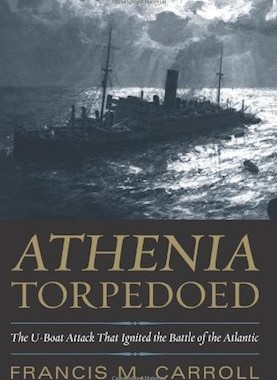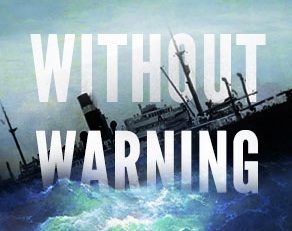I am sure every major historic event since the advent of printing and mass communications has been accompanied by a record of conflicting eyewitness accounts. People see and hear things differently, their perceptions often being colored by the rush of events, past experiences, or prejudices. So it’s not surprising that the sinking of the British passenger ship Athenia with more than 1,400 people on board — the events depicted in my novel Without Warning — resulted in conflicting descriptions of what happened. Read More
world war 2 historical fiction
Historical Fiction vs Narrative Nonfiction: What’s in a Genre?
When I began to consider finding a book agent to represent my forthcoming book, Without Warning, I needed to determine the genre for my book, which tells the true story of the Athenia, a British passenger ship torpedoed by a German U-boat on the first day of World War 2 in 1939.
One possible genre for the book is “narrative nonfiction.” It’s a popular format for book-length journalism and recent history, and includes titles like Truman Capote’s In Cold Blood, The Immortal Life of Henrietta Lacks by Rebecca Skloot and Unbroken by Laura Hillenbrand. Narrative nonfiction tells a factual story with a beginning, middle and end, written in a literary style that includes a narrative arc, characterizations, scenes and dialogue.
The information in these books is as accurate and verifiable, but the language and narrative techniques provide readers with a more literary experience and presumably a greater emotional connection with the book’s content. Read More



